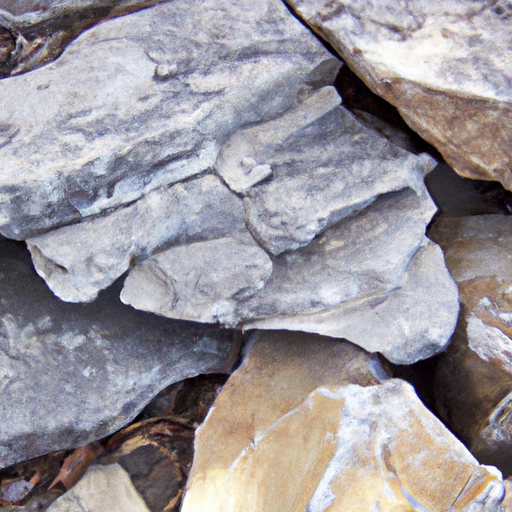What is the Definition of Mechanical Weathering: Explained in Simple Terms
Mechanical weathering refers to the process by which rocks and minerals are broken down into smaller pieces without any change in their chemical composition. It is a natural phenomenon that occurs due to various physical forces acting on the Earth’s surface.
Mechanical weathering can be caused by several factors, including temperature changes, frost action, pressure release, abrasion, and biological activity. Let’s delve into each of these sub-topics to gain a better understanding.
Temperature Changes
One of the primary causes of mechanical weathering is temperature changes. When rocks are exposed to extreme heat or cold, they expand and contract, leading to the formation of cracks and fractures. Over time, repeated expansion and contraction weaken the rocks, causing them to break apart.
Frost Action
Frost action, also known as freeze-thaw weathering, occurs in regions with freezing temperatures. When water seeps into cracks and crevices in rocks, it expands as it freezes, exerting pressure on the surrounding rock. This continuous freezing and thawing cycle weakens the rock, eventually causing it to disintegrate.
Pressure Release
Pressure release, also called exfoliation, is a type of mechanical weathering that occurs when overlying rocks are eroded or removed. As the pressure on the underlying rocks decreases, they expand and crack, resulting in the outer layers peeling away like an onion skin. This process is commonly observed in areas where large masses of rock are exposed due to erosion or uplift.
Abrasion
Abrasion is the process of rocks rubbing against each other or against other materials, such as sand or ice. This constant friction causes the rocks to wear down and break into smaller fragments. Abrasion is commonly seen in riverbeds, where flowing water carries and grinds rocks against each other, resulting in smooth pebbles and sediments.
Biological Activity
Biological activity, such as the growth of plant roots and burrowing of animals, can also contribute to mechanical weathering. As plant roots grow, they exert pressure on the surrounding rocks, causing them to crack and break. Similarly, burrowing animals create tunnels and fissures in the ground, which can weaken rocks over time.
In conclusion, mechanical weathering is the process of rock breakdown through physical forces. Temperature changes, frost action, pressure release, abrasion, and biological activity all play significant roles in this natural phenomenon. Understanding mechanical weathering helps us comprehend the continuous transformation of Earth’s surface and its impact on the formation of landscapes.
Remember, if you have any questions or need further clarification, feel free to ask.




